What Retinol Is and Why It’s Used In Skin Care Products
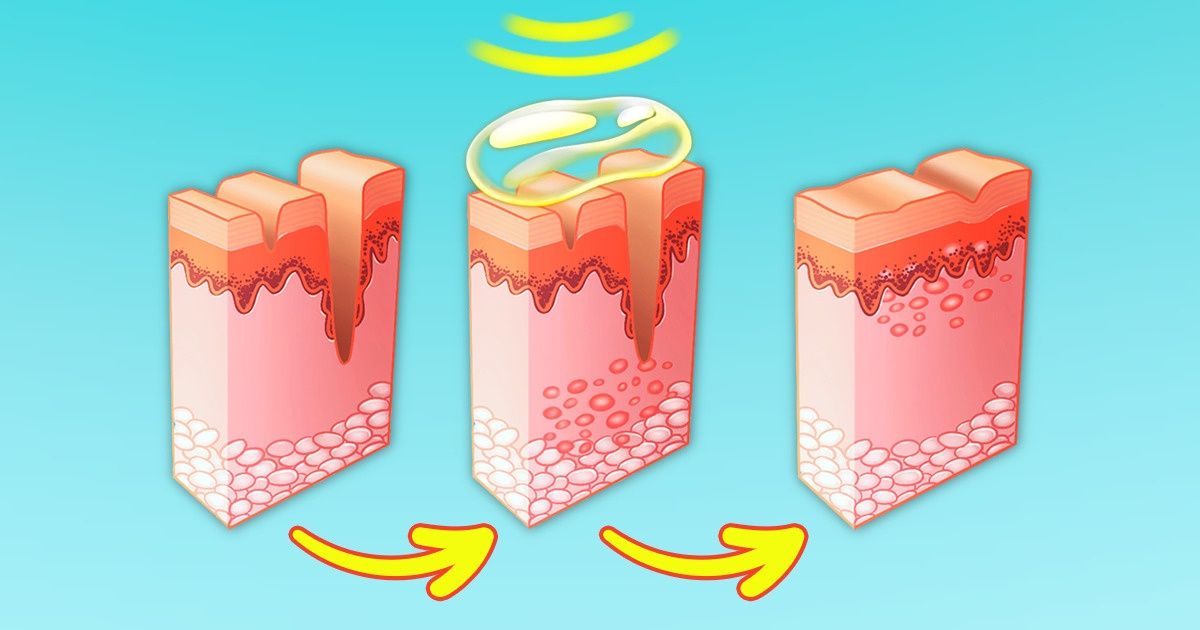
Retinol is one of the most popular ingredients in anti-aging skin care products. It’s believed to be effective against wrinkles and other skin imperfections, like acne. However, a product label doesn’t always say exactly what retinol is and what properties it has that provide that effect.
5-Minute Crafts decided to figure out what retinol is and how it works. We’ll tell you about what advantages and disadvantages it has, and how to properly incorporate retinol in your facial skin care routine.
❗ The information in this article is for reference only. We recommend that you consult a dermatologist before choosing a product with retinol to avoid negative side effects.
What retinol is
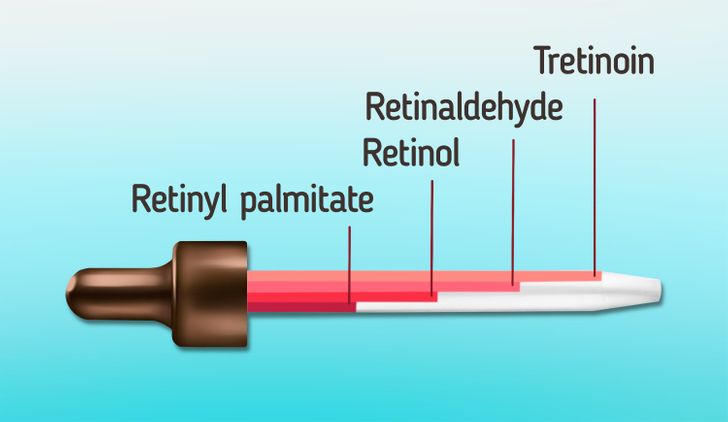
Retinoids are derivatives of vitamin A, one of which is retinol.
In skin care, 4 retinoids are used, which provide effects that have different intensities. The weakest is retinyl palmitate which is the ester of vitamin A and palmitic acid. Next, in increasing order of effectiveness, are retinol, retinaldehyde, and tretinoin.
The first 3 retinoids must be converted to tretinoin, the active form of retinoic acid, to be effective. The chain of conversions is as follows: retinyl palmitate => retinol => retinaldehyde => tretinoin. The effectiveness depends on the number of conversion steps. Retinyl palmitate takes 3 steps to take action, retinol takes 2 steps, retinaldehyde takes just one, and tretinoin starts working immediately.
It seems logical to use tretinoin in skin care products. However, the more effective a retinoid is, the more it dries and irritates the skin. Therefore, tretinoin can only be prescribed by a doctor. The rest of the retinoids are available in a variety of skin care products.
Retinol is so popular because its effectiveness is somewhere in the middle. It doesn’t cause as much irritation as the more active forms of retinoids, and it is quite gentle to the skin. However, it’s still effective. But you have to wait a while — up to 12 weeks — to see the results.
How retinol works
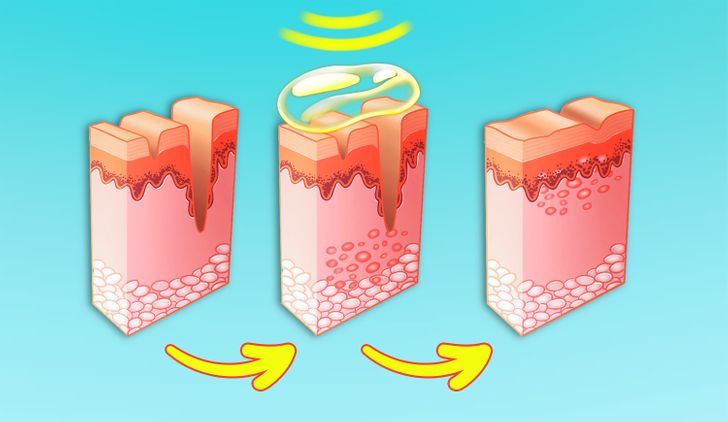
With age, the body begins to produce less collagen and elastin. As a result, the skin becomes thinner and less firm. This leads to the appearance of wrinkles, age spots, and other skin imperfections.
Retinol helps combat these problems by:
- making skin cells renew faster.
- stimulating collagen production and inhibiting the breakdown of collagen.
- increasing the production of hyaluronic acid, which makes the skin smoother and more hydrated.
- making the deeper layers of the skin thicker and increasing its ability to retain water.
- reducing the function of the sebaceous glands if they are overactive, which helps fight acne.
Benefits of using retinol
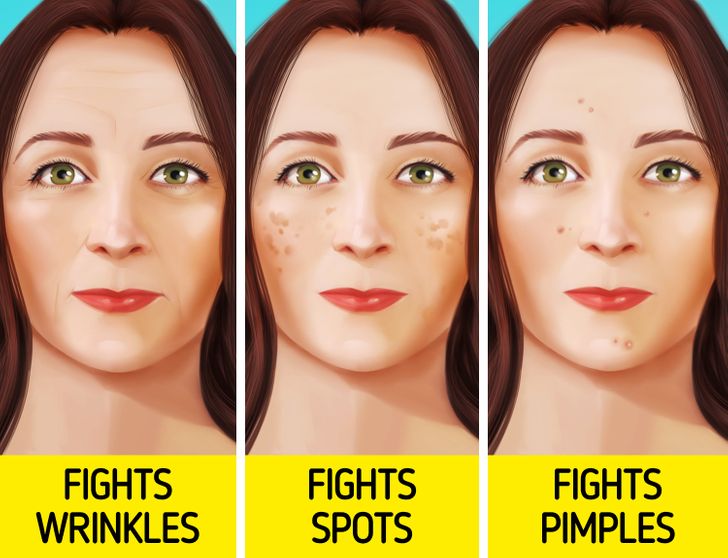
- It rejuvenates the skin. Retinol makes the skin firmer and more elastic, and also reduces the number and the deepness of wrinkles. For example, The Journal of Cosmetic Dermatology found that a product containing 0.1% retinol reduced the appearance of wrinkles on the cheeks by 63.74% and around the eyes by 38.74%. The effect is achieved after 12 weeks of using the product.
- It improves skin texture. Retinol accelerates the renewal of skin cells, helps to smooth your skin, and removes dead particles from the surface of the stratum corneum.
- It evens out skin tone. When used regularly, retinol makes age spots lighter, reduces dullness, and makes skin glow.
- It acts as an antioxidant and helps to repair sun damaged skin.
- It fights acne. Retinol normalizes the function of the sebaceous glands, cleanses and tightens pores, and prevents breakouts. In addition, it enhances the effectiveness of other acne treatments and speeds up the healing process.
Side effects
- It may cause irritation. The stronger the concentration of retinol, the more likely it is to cause redness, burning, dryness, and scaling of the skin. Negative side effects become stronger if you use products with more concentrated retinoids, like retinaldehyde and tretinoin. However, with the gradual introduction of retinol products, the skin quickly adapts, and after a while the irritation disappears.
- It increases the sensitivity of the skin to the sun. It’s paradoxical, but despite the fact that retinol is an effective antioxidant, at the same time it makes the top layer of the skin thinner and increases sun sensitivity. Therefore, when using products with retinol, you must use sunscreen.
- It aggravates some skin conditions. If you have eczema or rosacea, retinol can aggravate them and increase inflammation. However, retinol can still be used for these conditions, but not more often than once a week and after consulting a doctor. At the same time, you should prepare your skin beforehand and apply moisturizer.
- Women who are pregnant or breastfeeding should not use retinol.
How to choose skin care products containing retinol
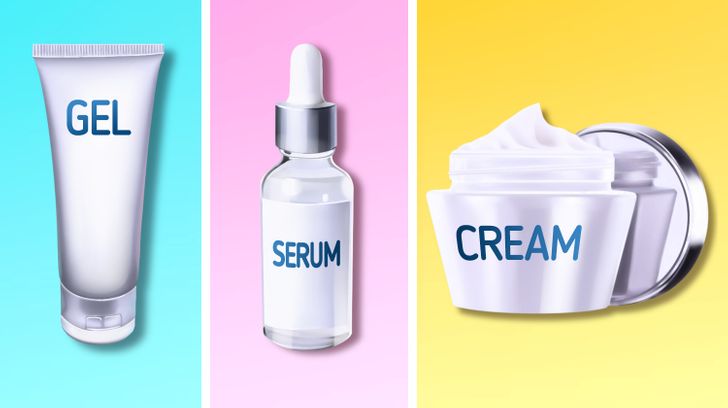
When choosing a product, take the type and concentration of retinol into account.
For oily skin prone to acne, choose a light gel. For combination skin, choose a lotion or serum, and for dry skin, choose a cream. Besides, weather can also influence the choice of product. For example, in cold weather it will be more comfortable to use a cream, and in warm and damp weather, a light gel or serum will be a better choice.
Most OTC products contain retinol in a concentration of 0.025 to 0.1%. It is advisable to start with a product containing retinol that has a low concentration to see how your skin reacts. If irritation is minimal, you can try a product with a higher concentration after a while.
Also keep in mind that retinol is sensitive to light and air. This means that the product will quickly lose its effectiveness if it’s packaged in a transparent jar or container. Therefore, make sure your retinol product is sealed and has an opaque package.
How to use skin care products containing retinol
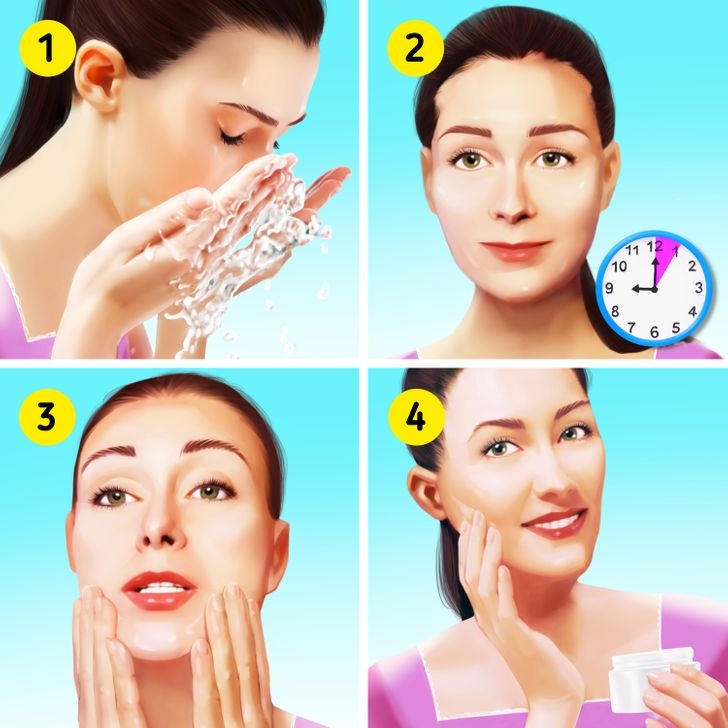
It’s best to use retinol containing products in the evening, before going to bed. Introduce the product into your daily skin care routine gradually. First apply it every 3 days, after a couple of weeks apply it every 2 days, and then use it every day. This is what you should do:
- Wash up, pat your face dry with a towel, and apply eye cream. It will help protect the delicate skin around the eyes from irritation.
- Wait a few minutes until the skin is completely dry. If it’s wet, the retinol will penetrate deeper into the skin and cause irritation.
- Squeeze a pea-sized amount of retinol containing product from the tube. Starting at the chin, spread it over your face in an upward motion.
- In the end, apply a moisturizer.
- Be sure to apply sunscreen the following morning to avoid sun sensitivity.
How to avoid the negative side effects of retinol
- If your skin reacts with severe irritation, try applying a moisturizer before using it. This will minimize the negative effects and will not affect the effectiveness of retinol.
- Stop using retinol containing products at least one week before chemical facial peels, laser treatments, waxing, and vacation, which often involves prolonged sun exposure.
- Don’t combine retinol with vitamin C, benzoyl peroxide, alpha hydroxy acids, beta hydroxy acids, and heavy scrubs. This can aggravate the skin causing irritation and dryness.
- At the same time, retinol works well with moisturizers and skin repair products like niacinamide, hyaluronic acid, and ceramides.